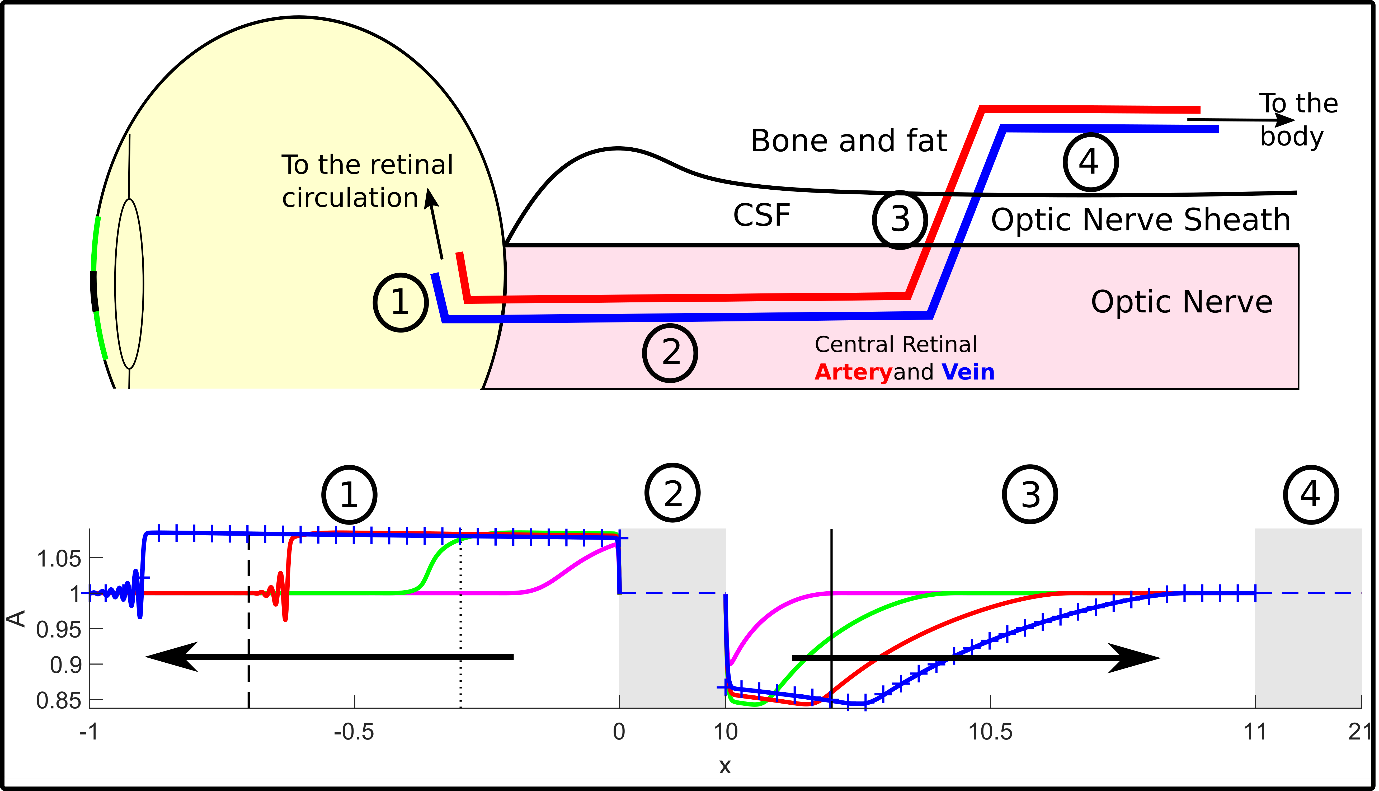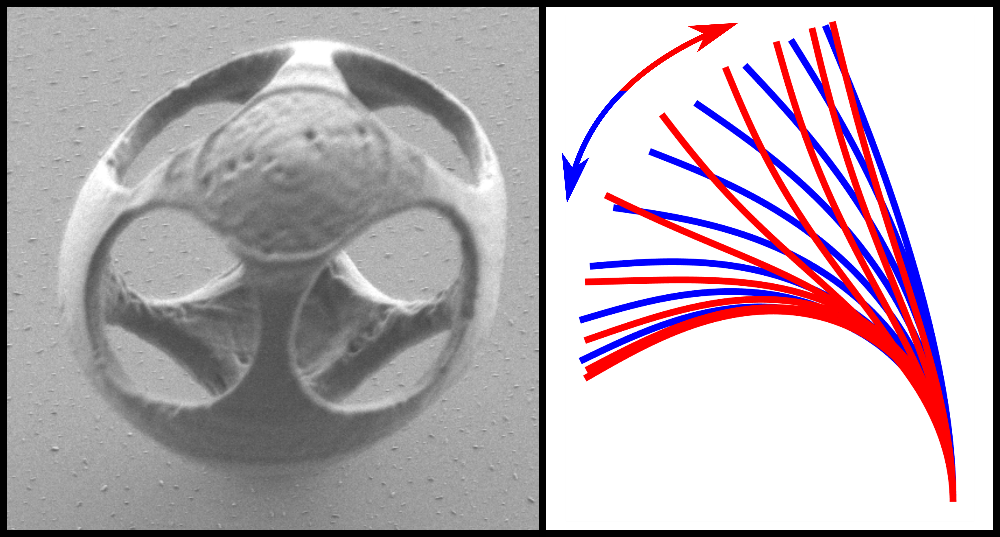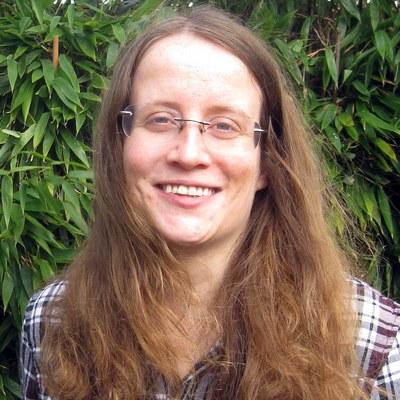Biography
Tamsin received her undergraduate and master’s degree in mathematics from the University of Cambridge (UK) in 2013. She remained in the same department to complete her PhD supervised by Professor Eric Lauga entitled “Artificial micro-devices: armoured microbubbles and a magnetically driven cilium”, completed in 2017. After 2 months spent at the Université Grenoble Alpes (France) performing microfluidic experiments, she moved to the University of Glasgow (UK) for 15 months as a Research Assistant studying the effects of trauma on blood flow in the human eye working with Dr Peter Stewart. She joined SLCU in January 2019 as a Research Associate in the group of Professor Henrik Jonsson, working on links between microtubules and the nucleus in plant root hair cells in collaboration with the labs of Dr Marie-Edith Chabouté and Dr Atef Asnacios with a secondary project that looked at microtubule alignment in different shaped protoplasts in collaboration with Dr Pauline Durand-Smet.
Research Interests
My interests are in microscale systems. Such systems cover a wide range of problems in fields ranging from biology to medicine to engineering. In nature, it encompasses phenomena from bacterial locomotion (e.g. E. coli) to blood flow to plant cell growth. I primarily use computational models and mathematical techniques for my research, but prefer to work closely with experimentalists and practical scientists, to maximise the impact of my research.
For a brief 2 minute introduction to how mathematics contributes to multi-disciplinary research, watch my science communication video below: “How can mathematics contribute when our research is in the field of plant science?”
Figure 1: Computational simulations of the microtubule network in two differently shaped cells, looking at how cell geometry effects microtubule organisation [2]. Simulations were preformed using Tubulaton https://gitlab.com/slcu/teamHJ/tubulaton, which we are continually developing.

Figure 2: Modelling retinal haemorrhage (bleeding) in the human eye, with the aim to help inform medical diagnosis of conditions with this symptom [5]. (Top) Schematic of the Central Retinal Artery and Vein at the entry to the eye. (Bottom) Simulation of the blood vessel cross-sectional area in response to a sharp increase in cerebral spinal fluid pressure, representing head trauma.

Figure 3: Artificial microdevices at the fundamental development stage. (Left) Scanning Electron Microscopy image of an eight-hole Armoured Microbubble (AMB) which I constructed using two-photon polymerisation techniques at the Université Grenoble Alpes [6]. Part of a larger project, which demonstrated the use of Armoured Microbubbles for mixing fluid in microfluidic channel and as an object which could self-propel, when subjected to an ultrasound field. (Right) Simulation of an artificial cilium. Arrays of cilia are currently being developed for uses including transporting fluid within microfluidic devices.
Key Publications
[1] Mean-field theory approach to the three-dimensional nematic phase transitions in microtubules, C. Gibson, H.Jönsson and T A Spelman. Phys. Rev. E. 108(6):064414, 2023 https://doi.org/10.1103/PhysRevE.108.064414
[2] Cytoskeletal organization in isolated plant cells under geometry control, P.DurandSmet, T.A.Spelman, E.M.Meyerowitz and H.Jönsson, Proc. Natl. Acad. Sci. USA, 117(29): 17399-17408, 2020 https://doi.org/10.1073/pnas.2003184117
[3] Elastic jump propagation across a blood vessel junction, T A. Spelman, I. S. Onah, D. MacTaggart and P. S. Stewart. Submitted https://doi.org/10.48550/arXiv.2401.0278
[4] Rapid amplification of cerebrospinal fluid pressure as a possible mechanism for optic nerve sheath bleeding in infants with non-accidental head injury. P. S. Stewart, B. S. Brook, O. E. Jensen, T. A. Spelman, R. J. Whittaker and M. A. Zouache, Submitted
[5] Shock wave propagation along the central retinal blood vessels, T.A.Spelman and P.S.Stewart, Proc. R. Soc. A. 476:20190269, 2020. https://doi.org/10.1098/rspa.2019.0269
[6] Multi-directional bubble generated streaming flows, T.A.Spelman, O.Stephan and P. Marmottant, Ultrasonics 102:106054, 2020. https://doi.org/10.1016/j.ultras.2019.106054
[7] Bubble-based acoustic micropropulsors: active surfaces and mixers, N.Bertin, T.A.Spelman, T.Combriat, H.Hue, O.Stephan, E.Lauga, and P.Marmottant, Lab Chip,17,1515-1528, 2017. https://doi.org/10.1039/C7LC00240H
[8] Arbitrary axisymmetric steady streaming: flow, force and propulsion, T.A.Spelman and E.Lauga, J. Eng. Math, 105, 31-65, 2017. https://doi.org/10.1007/s10665-016-9880-8
[9] Propulsion of bubble-based acoustic microswimmers, N.Bertin, T.A.Spelman, O.Stephan, L.Gredy, M.Bouriau, E.Lauga, and P.Marmottant, Phys. Rev. Applied, 4, 064012, 2015. https://doi.org/10.1103/PhysRevApplied.4.064012


